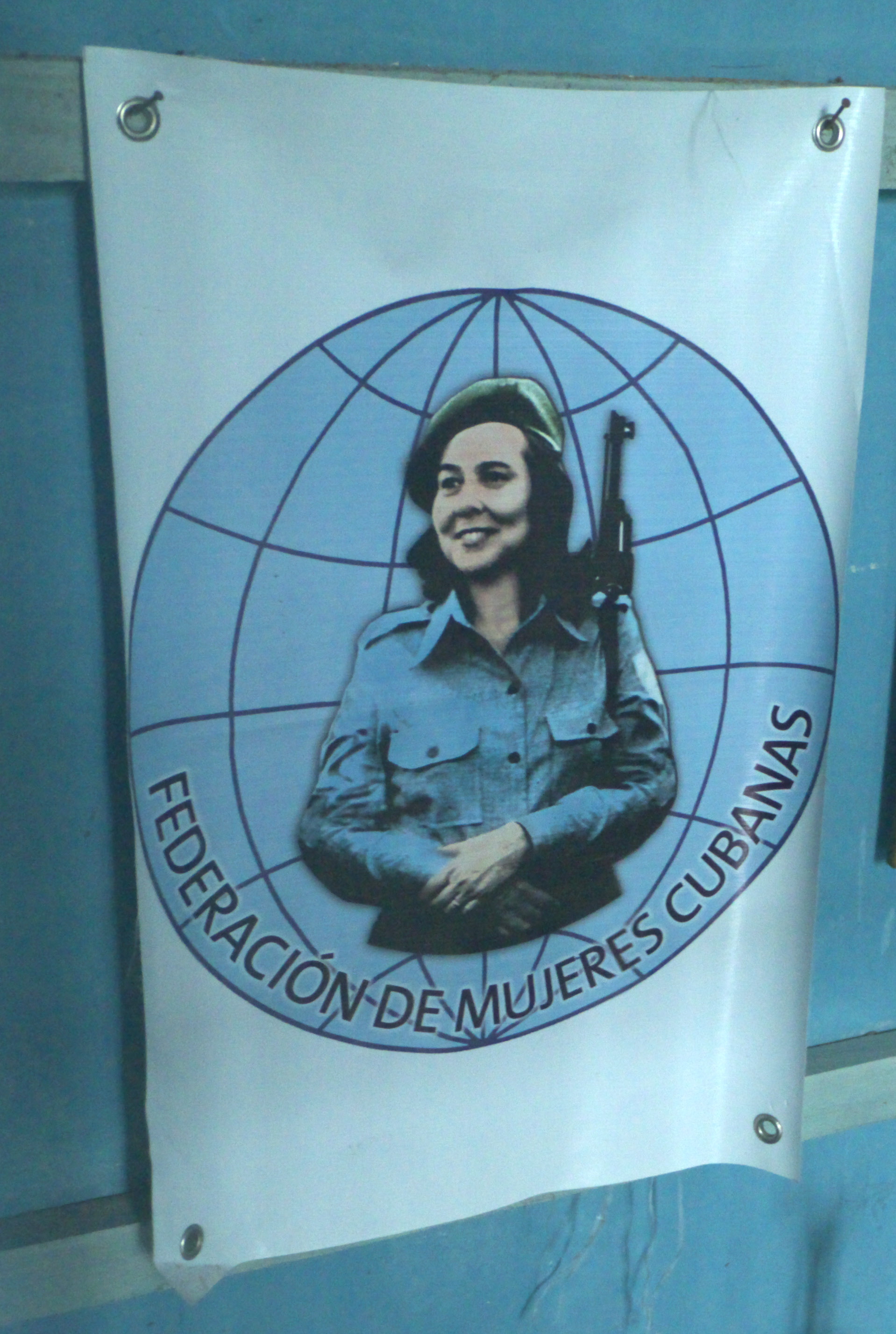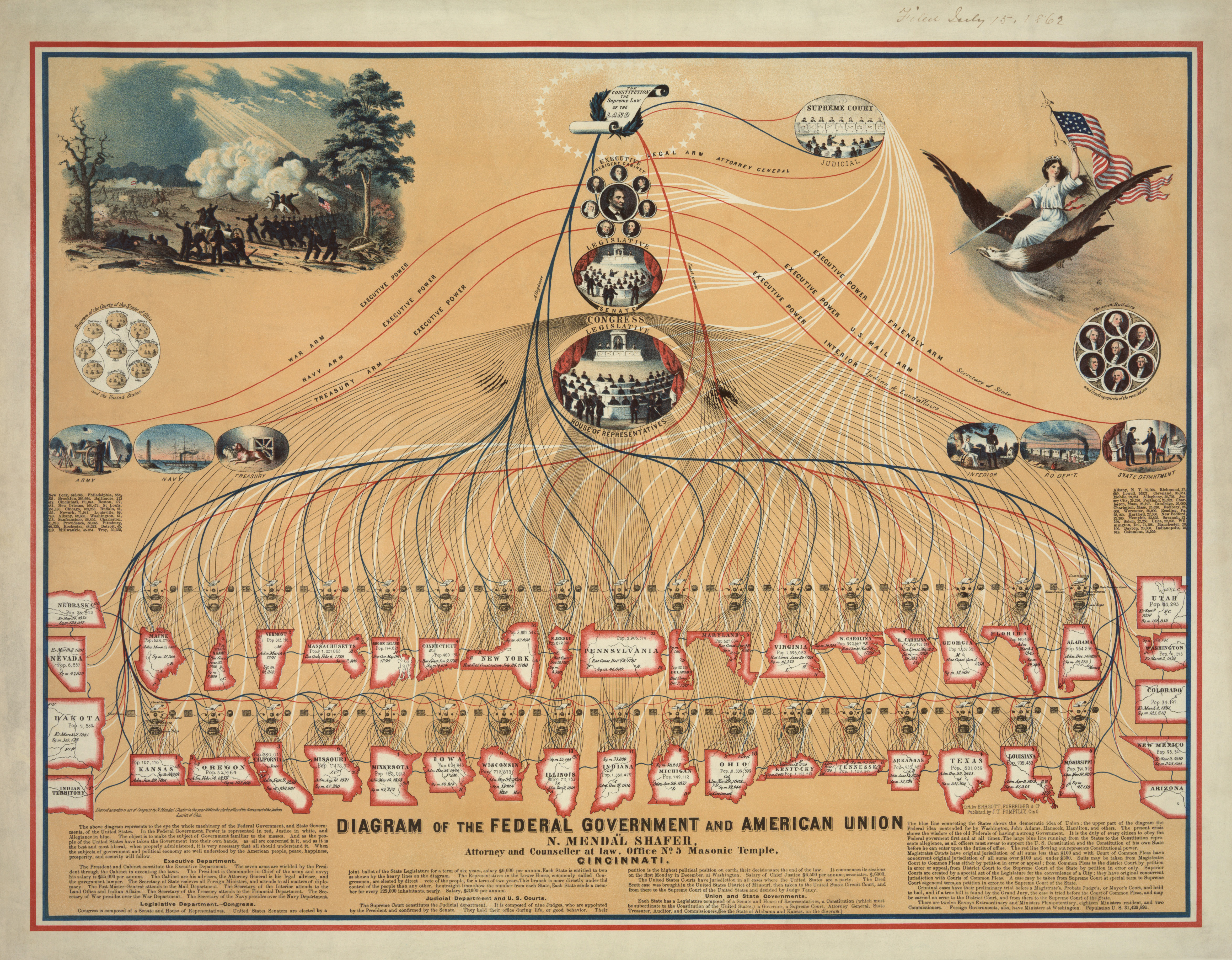|
Federation Of Cuban Women
The Federation of Cuban Women () (FMC) was established in 1948 by a group of activists including Mirta Aguirre, María Argüelles, Edith García Buchaca, Ana M. Hidalgo, Celia Machado, Candelaria Rodríguez, Caridad Sánchez, Cipriana Vidaurreta, and María Josefa Vidaurreta as the (Democratic Federation of Cuban Women). García was the first president of the organization, which immediately became affiliated with the Women's International Democratic Federation. In 1960, it was reorganized as the under the revolutionary government, with Vilma Espín as its president. Espin fought in the Sierra Maestras with Fidel Castro and Raul Castro, Raúl Castro and married Raúl in 1959. She was the president of the FMC until her death in 2007. The FMC was deeply involved in the 1961 Cuban literacy campaign and in supplying workers after the mass exodus of trained labor following the Revolution. It also plays an integral role in Cuban disaster risk reduction, undertaking an annual vulnerability ... [...More Info...] [...Related Items...] OR: [Wikipedia] [Google] [Baidu] |
Organizations Established In 1948
An organization or organisation ( Commonwealth English; see spelling differences) is an entity—such as a company, or corporation or an institution (formal organization), or an association—comprising one or more people and having a particular purpose. Organizations may also operate secretly or illegally in the case of secret societies, criminal organizations, and resistance movements. And in some cases may have obstacles from other organizations (e.g.: MLK's organization). What makes an organization recognized by the government is either filling out incorporation or recognition in the form of either societal pressure (e.g.: Advocacy group), causing concerns (e.g.: Resistance movement) or being considered the spokesperson of a group of people subject to negotiation (e.g.: the Polisario Front being recognized as the sole representative of the Sahrawi people and forming a partially recognized state.) Compare the concept of social groups, which may include non-org ... [...More Info...] [...Related Items...] OR: [Wikipedia] [Google] [Baidu] |
1948 Establishments In Cuba
Events January * January 1 ** The General Agreement on Tariffs and Trade (GATT) is inaugurated. ** The current Constitutions of Constitution of Italy, Italy and of Constitution of New Jersey, New Jersey (both later subject to amendment) go into effect. ** The railways of Britain are nationalized, to form British Railways. * January 4 – British rule in Burma, Burma gains its independence from the United Kingdom, becoming an independent republic, named the 'Post-independence Burma (1948–1962), Union of Burma', with Sao Shwe Thaik as its first President and U Nu its first Prime Minister. * January 5 – In the United States: ** Warner Brothers shows the first color newsreel (''Tournament of Roses Parade'' and the ''Rose Bowl Game''). ** The first Kinsey Reports, Kinsey Report, ''Sexual Behavior in the Human Male'', is published. * January 7 – Mantell UFO incident: Kentucky Air National Guard pilot Thomas Mantell crashes while in pursuit of an unidentified fl ... [...More Info...] [...Related Items...] OR: [Wikipedia] [Google] [Baidu] |
Organizations Based In Havana
An organization or organisation (Commonwealth English; see spelling differences) is an entity—such as a company, or corporation or an institution (formal organization), or an association—comprising one or more people and having a particular purpose. Organizations may also operate secretly or illegally in the case of secret societies, criminal organizations, and resistance movements. And in some cases may have obstacles from other organizations (e.g.: MLK's organization). What makes an organization recognized by the government is either filling out incorporation or recognition in the form of either societal pressure (e.g.: Advocacy group), causing concerns (e.g.: Resistance movement) or being considered the spokesperson of a group of people subject to negotiation (e.g.: the Polisario Front being recognized as the sole representative of the Sahrawi people and forming a partially recognized state.) Compare the concept of social groups, which may include non-organiza ... [...More Info...] [...Related Items...] OR: [Wikipedia] [Google] [Baidu] |
Communist Party Of Cuba
The Communist Party of Cuba (, PCC) is the sole ruling party of Cuba. It was founded on 3 October 1965 as the successor to the United Party of the Cuban Socialist Revolution, which was in turn made up of the 26th of July Movement and Popular Socialist Party that seized power in Cuba after the 1959 Cuban Revolution. The party governs Cuba as an authoritarian one-party state where dissidence and political opposition are prohibited and repressed. The Cuban constitution ascribes the role of the party to be the " leading force of society and of the state." The highest body within the PCC is the Party Congress, which convenes every five years. When the Congress is not in session, the Central Committee is the highest body. Because the Central Committee meets twice a year, most day-to-day duties and responsibilities are vested in the Politburo. Since April 2021, the First Secretary of the Central Committee has been Miguel Díaz-Canel, who has been serving as President of Cu ... [...More Info...] [...Related Items...] OR: [Wikipedia] [Google] [Baidu] |
Women's Wings Of Communist Parties
A woman is an adult female human. Before adulthood, a female child or adolescent is referred to as a girl. Typically, women are of the female sex and inherit a pair of X chromosomes, one from each parent, and women with functional uteruses are capable of pregnancy and giving birth from puberty until menopause. More generally, sex differentiation of the female fetus is governed by the lack of a present, or functioning, '' SRY'' gene on either one of the respective sex chromosomes. Female anatomy is distinguished from male anatomy by the female reproductive system, which includes the ovaries, fallopian tubes, uterus, vagina, and vulva. An adult woman generally has a wider pelvis, broader hips, and larger breasts than an adult man. These characteristics facilitate childbirth and breastfeeding. Women typically have less facial and other body hair, have a higher body fat composition, and are on average shorter and less muscular than men. Throughout human history, traditio ... [...More Info...] [...Related Items...] OR: [Wikipedia] [Google] [Baidu] |
Women's Organizations Based In Cuba
A woman is an adult female human. Before adulthood, a female child or adolescent is referred to as a girl. Typically, women are of the female sex and inherit a pair of X chromosomes, one from each parent, and women with functional uteruses are capable of pregnancy and giving birth from puberty until menopause. More generally, sex differentiation of the female fetus is governed by the lack of a present, or functioning, ''SRY'' gene on either one of the respective sex chromosomes. Female anatomy is distinguished from male anatomy by the female reproductive system, which includes the ovaries, fallopian tubes, uterus, vagina, and vulva. An adult woman generally has a wider pelvis, broader hips, and larger breasts than an adult man. These characteristics facilitate childbirth and breastfeeding. Women typically have less facial and other body hair, have a higher body fat composition, and are on average shorter and less muscular than men. Throughout human history, traditional gen ... [...More Info...] [...Related Items...] OR: [Wikipedia] [Google] [Baidu] |
Women's Rights In Cuba
An older Cuban woman in colourful traditional costume poses playfully with her cigar outside the Plaza de Armas Women in Cuba have the same constitutional rights as men in the economic, political, cultural and social fields, as well as in the family. Cuba is regarded as a regional front-runner in women's rights. According to Article 44 of the Cuban Constitution, "The state guarantees women the same opportunities and possibilities as men in order to achieve woman’s full participation in the development of the country." As of 2015, women hold 48.9% of the parliamentary seats in the Cuban National Assembly ranking sixth of 162 countries on issues of female participation in political life. Many women in Cuba come from different racial backgrounds including Afro-Cuban women. Along with Afro-Cuban women, women in Cuba, formerly a marginalized group, were able to gain higher educational levels and equal advancements in their respective careers. The 1975 Family Code was designed to ... [...More Info...] [...Related Items...] OR: [Wikipedia] [Google] [Baidu] |
FMC Mural Cienfuegos
FMC may refer to: Places Facilities * Five Mile Airport (formerly: ''Five Mile Camp Airport''), in Alaska, United States * Magdeburg–Cochstedt Airport (German: '), in Germany Government and politics * Federal Magistrates Court, in Australia * Federal Maritime Commission, a regulatory agency of the United States federal government * Federal Medical Center, part of the United States Bureau of Prisons * Federation of Cuban Women (Spanish: '), part of the Communist Party of Cuba * Forward Markets Commission, part of the Indian Ministry of Finance * Force Mobile Command, a former name of the Canadian Army Industry * Fairbanks, Morse and Company, a former American heavy industry * FMC Corporation, an American chemical manufacturing company * FMC Dockyard, Bangladeshi shipbuilding company * FMC Technologies, an American machinery and oil services technology company * Ford Motor Company, an American automotive manufacturer * Future Mobility Corporation, a Chinese automotive man ... [...More Info...] [...Related Items...] OR: [Wikipedia] [Google] [Baidu] |
Cuban Revolution
The Cuban Revolution () was the military and political movement that overthrew the dictatorship of Fulgencio Batista, who had ruled Cuba from 1952 to 1959. The revolution began after the 1952 Cuban coup d'état, in which Batista overthrew the emerging Cuban democracy and consolidated power. Among those who opposed the coup was Fidel Castro, then a young lawyer, who initially tried to challenge the takeover through legal means in the Cuban courts. When these efforts failed, Fidel Castro and his brother Raúl Castro, Raúl led an armed Attack on the Moncada Barracks, assault on the Moncada Barracks, a Cuban military post, on 26 July 1953. Following the attack's failure, Fidel Castro and his co-conspirators were arrested and formed the 26th of July Movement (M-26-7) in detention. At his trial, Fidel Castro launched into a History Will Absolve Me, two-hour speech that won him national fame as he laid out his grievances against the Batista dictatorship. In an attempt to win pub ... [...More Info...] [...Related Items...] OR: [Wikipedia] [Google] [Baidu] |
Disaster Risk Reduction
Disaster risk reduction aims to make disasters less likely to happen. The approach, also called DRR or disaster risk management, also aims to make disasters less damaging when they do occur. DRR aims to make communities stronger and better prepared to handle disasters. In technical terms, it aims to make them more resilient or less vulnerable. When DRR is successful, it makes communities less the vulnerable because it mitigates the effects of disasters. This means DRR can make risky events fewer and less severe. Climate change can increase climate hazards. So development efforts often consider DRR and climate change adaptation together. It is possible to include DRR in almost all areas of development and Humanitarian aid">humanitarian work. People from local communities, agencies or federal governments can all propose DRR strategies. DRR policies aim to "define goals and objectives across different timescales and with concrete targets, indicators and time frames." There are so ... [...More Info...] [...Related Items...] OR: [Wikipedia] [Google] [Baidu] |






